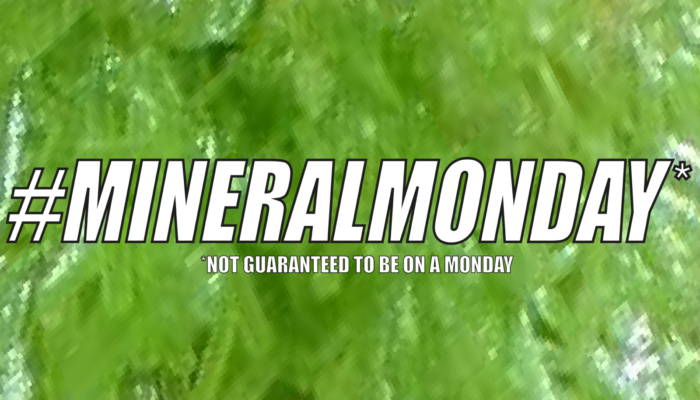#mineralmonday: your weekly* dose of obscure mineralogy, every Monday** [*not guaranteed; **or possibly Tuesday-Sunday] What is it? emmonsite, Fe2Te3O9.2H2O What’s it made of? Iron (Fe), tellurium (Te), oxygen (O) and water (H2O) I think I remember tellurium from chemistry class – remind me what it is? We can more or less divide the elements into the metals and the non-metals – t ...[Read More]
#mineralmonday : gadolinite-(Y)
#mineralmonday: your weekly* dose of obscure mineralogy, every Monday** [*not guaranteed; **or possibly Tuesday-Sunday] What is it? Gadolinite-(Y),Y2FeBe2Si2O10 What’s it made of?: It’s a silicate (a mineral containing silicon (Si) and oxygen (O)) also containing yttrium (Y), beryllium (Be) and iron (Fe). Yttrium is a rare earth element – somewhat of a misnomer as in general they ...[Read More]
How does a crystal become a mineral?
There are some crystals that we are all familiar with. Look at an analogue clock (you may need a screwdriver and/or a hammer, and the watch owner might not be too happy) and you will probably find quartz – a crystal with silicon and oxygen arranged in a well-ordered three dimensional pattern. We can also describe quartz as silicon dioxide, which describes its chemistry – one silicon for every two ...[Read More]



